Although movie-making may not be the first word beginning with the letter M to be associated with Argentina (take Malbec, Maradona and Messi for starters), cinema is big business in terms of the number of foreign and Argentinian films produced here and festivals held around the country each year. It’s no fluke that the country has two Oscars to its name.
While Mar del Plata is a world-class, A grade festival, and Pantalla Pinamar is a smaller, more intimate gathering, one of the most important Buenos Aires festivals that gives movie buffs itchy feet and square eyes is Bafici.
The biggest indie film festival in Latin America, Bafici, now in its 14th year, stands for “Buenos Aires Independent and International Film Festival” and gives first-time as well as more established directors achance to shine in front of a keen and knowledgeable audience.

Bafici 2011; photo courtesy of Gobierno de la Ciudad de Buenos Aires.
Although most directors don’t have a tenth of the budget of El Secreto de Sus Ojos, the most recent Argentinian flick by Juan José Campanella which won an Oscar in 2010 for Best Foreign Movie and cost an alleged 1.5m euros to make, Bafici is very much a feeding ground for unearthing talent. With more than 300 movies, short and feature-length, to check out over the course of 12 days, you have until 22 April to get watching.
Check here for the full schedule in English and Spanish. Many films are shown at the central hub of the Hoyts cinemas at Abasto shopping mall (subway Carlos Gardel) although screenings take place at 11 other venues around the city.
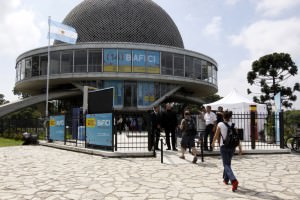
Check out a movie at the Planetarium; photo courtesy of Bafici.
The Lowdown
Sergio Wolf, the festival’s artistic director, says of Bafici: “It’s the city’s biggest film festival, and with respect to independent filmmakers, it’s the most important in the region, in my opinion. Other regional festivals have started up off the back of Bafici, and some have even changed their profile to incorporate more independent films.”
With 300 films and documentaries spanning 14 days there is something on offer for everyone, and even if you usually scoff at indie works, bear in mind that programmers from Sundance, London Film Festival (LFF) and Rotterdam, as well as producers, come knocking on Bafici’s door looking for their next vehicle. Previous stars of the silver screen which have seen remarkable success include Los Labios (2010) which, despite being made on a US$3,000-shoestring, competed at Cannes; and El Ambulante (2010) which took LFF by storm and has picked up awards in double figures.
Besides Baficito for the kids, there are also movies showing at the Planetarium including Pink Floyd – The Wall, U2 and Jeepers-Creepers and outdoor screenings which are free. This sold-out section on the Bafici website may be of help if you’re finding the catalogue baffling.

Scene from Masterplan; photo courtesy of Bafici.
Argentina Films
Divided into competition categories just like any other film festival, this year’s Argentina section is rammed full with first-time directors. Although the Bafici board often selects oldies but goodies such as Raúl Perrone, a film-maker who casts and shoots in his home town Ituzaingó in Buenos Aires province, this year’s competition features 14 Argentinian films, of which seven are debut works. Have a gander at fledgling ideas which were given boosts by the festival’s development programme Buenos Aires Lab, such as Salsipuedes, written and directed by Mariano Luque, or Cassandra by Inés de Oliveira de Cézar; Masterplan, the second work by the Levy brothers; or Juanma Brignole’s debut Mis Sucios 3 Tonos. Check out the trailer for Salsipuedes here:
And don’t forget that Bafici isn’t just about Argentine films: this year’s International competition features works from France, the Philippines, Israel, Serbia and the US.
Lost Alamo
One documentary which may tantalise taste buds for various reasons is Lost Alamo (2012), directed by Francisco Forbes. Los Alamos, a local seven-piece folk band, is the focus of this movie, which was filmed in Spanish and English with a small helping of French. Although vocalist Peter López moved to Marseilles, the documentary focuses on the group’s reunion, their European tour and the musical offshoots formed by members, such as mandolin player Jonah Schwartz’s duo SpringLizard. Taking four years from start to screen on a miniscule US$10,000 budget, Forbes says: “I wanted to make a series of rockumentaries about Latin American artists – I’ve filmed three so far – and on the independent Buenos Aires circuit, Los Alamos was the band that attracted me the most, for their style and their powerful live sound.” Check out the trailer here and see how Los Alamos inspired Francisco Forbes:
If you can’t be in Buenos Aires for all the popcorn and indie movies, fear not, because London is hosting its very own Argentine Film Festival, from 19-22 April. Check out the schedule for your dose of Ricardo Darín here.


Latest posts by Sorrel Moseley-Williams (see all)
- AND THE BEST SOMMELIER IN ARGENTINA IS… - December 12, 2017
- CUATRO ESQUINAS: FOUR CLASSIC CORNER RESTAURANTS IN BUENOS AIRES - March 28, 2017
- Romance in Argentina: Dating Tips and Advice - February 10, 2017

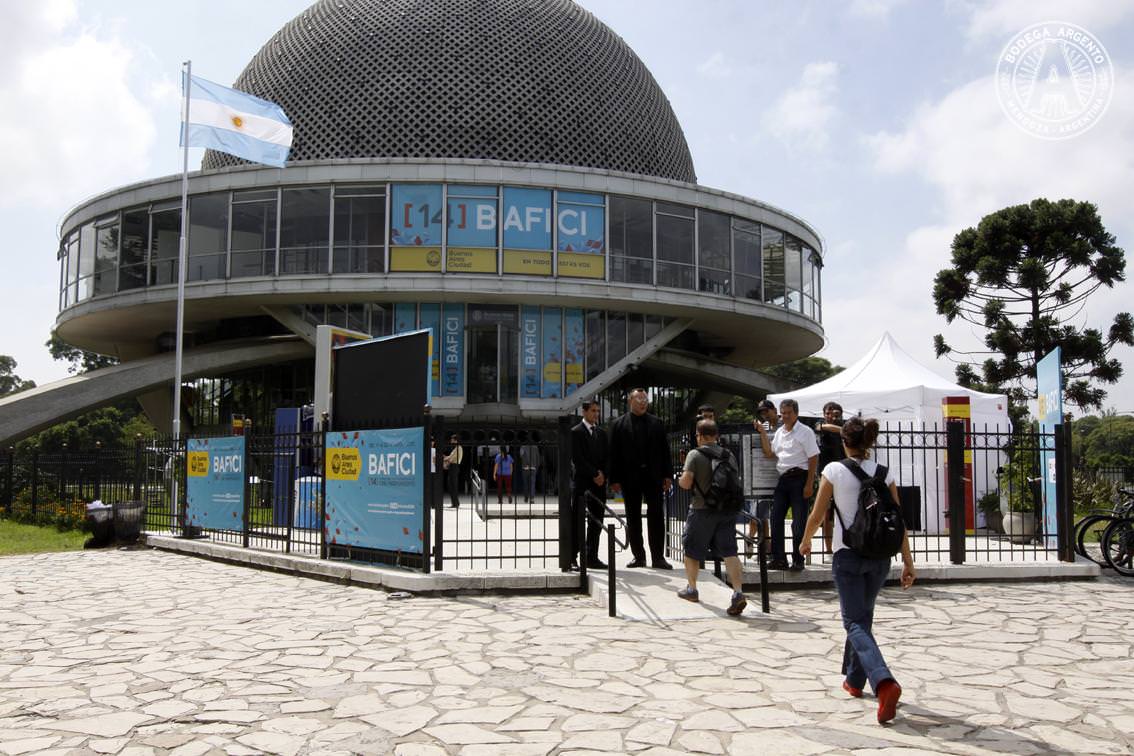
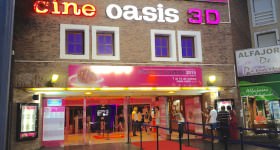 Pantalla Pinamar Film Festival 2015
Pantalla Pinamar Film Festival 2015  Argentine Film Festival 2013 in London
Argentine Film Festival 2013 in London 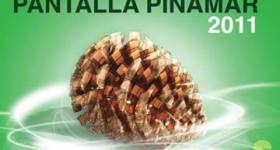 Pantalla Pinamar Film Festival 2011
Pantalla Pinamar Film Festival 2011 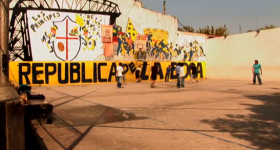 Top Argentine Film Locations
Top Argentine Film Locations  Argentina Restaurants in Latin America’s 50 Best
Argentina Restaurants in Latin America’s 50 Best  Open House Buenos Aires Architecture festival
Open House Buenos Aires Architecture festival 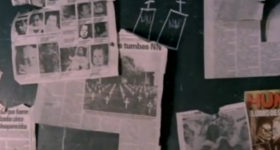 Classic Argentine Films
Classic Argentine Films 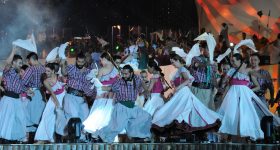 Get the grapes in! Mendoza’s Vendimia Harvest Festival
Get the grapes in! Mendoza’s Vendimia Harvest Festival 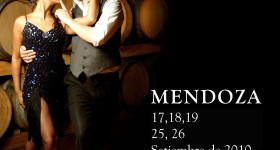 Tango Festival on The Mendoza Wine Route
Tango Festival on The Mendoza Wine Route  Vendimia Harvest Festival – Mendoza
Vendimia Harvest Festival – Mendoza  Argentina Food & Drink Festivals 2012
Argentina Food & Drink Festivals 2012